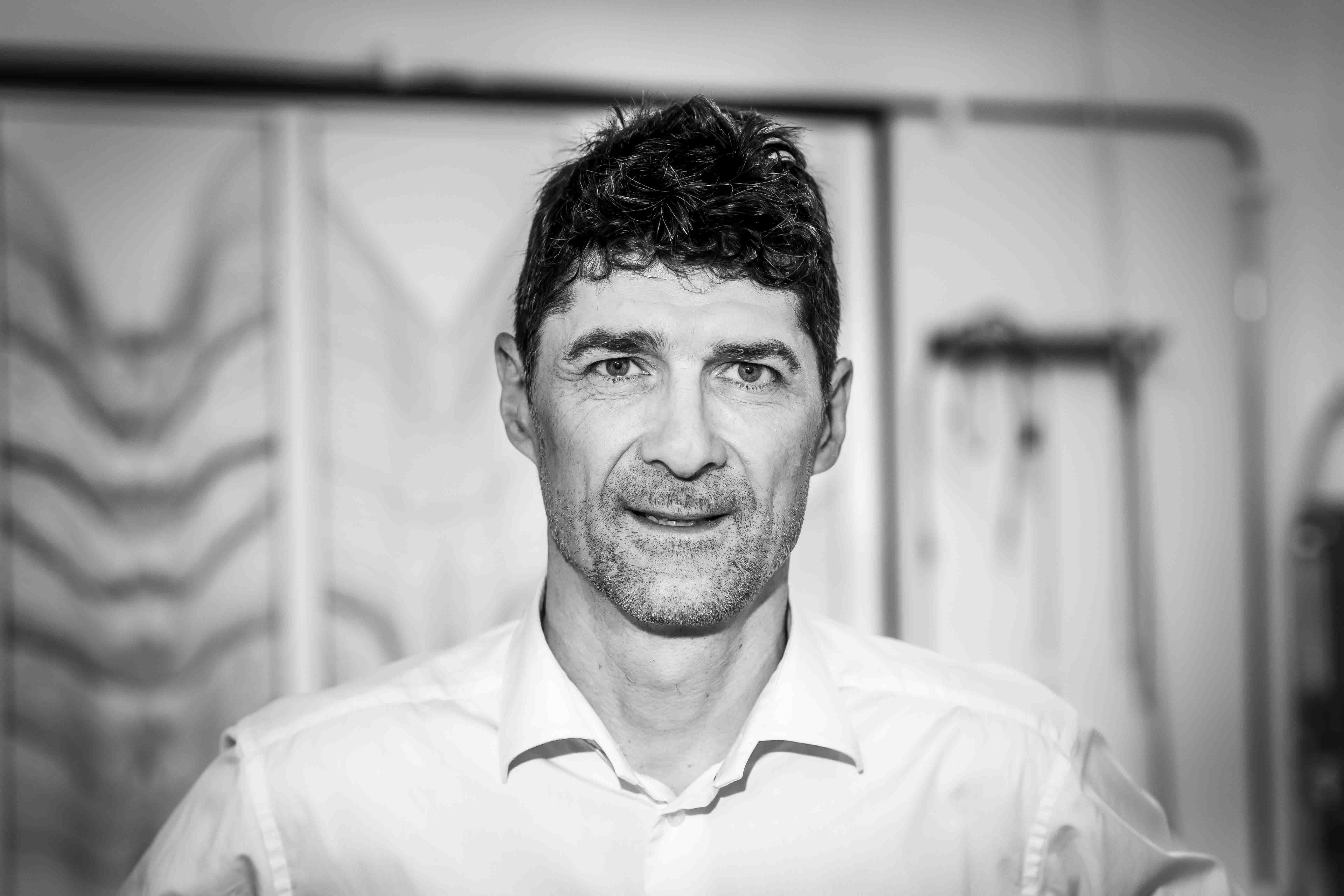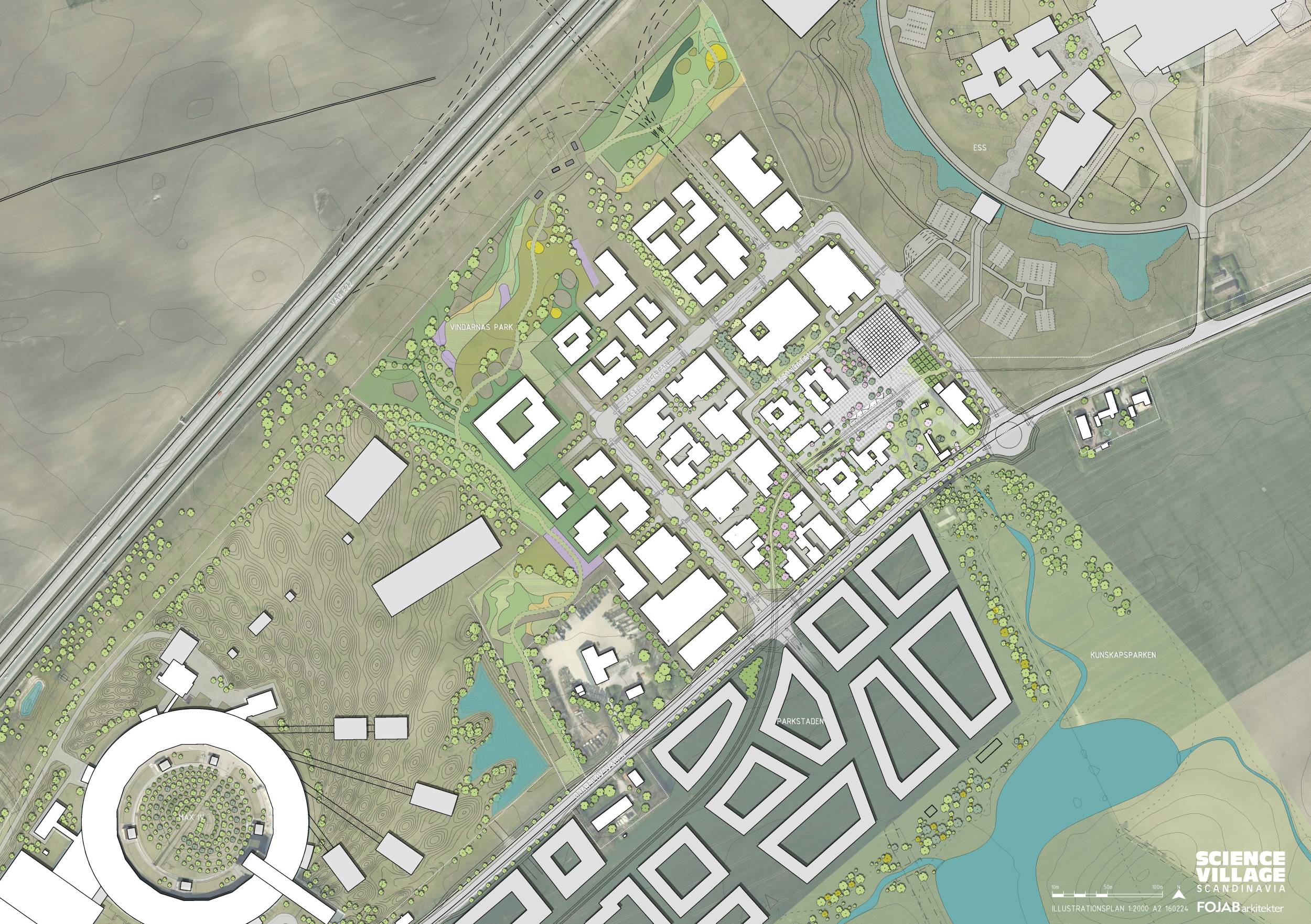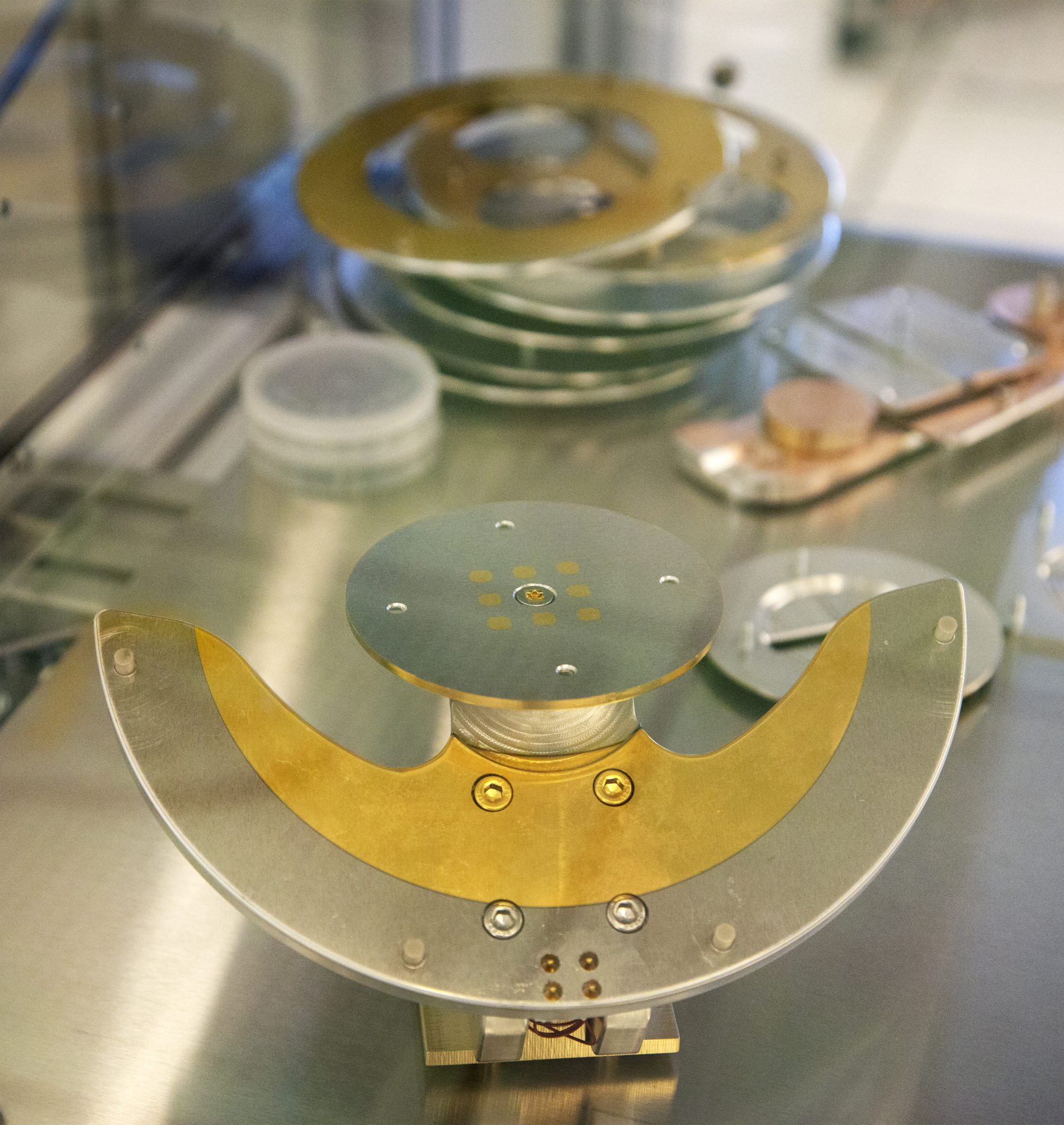How two spearheads in Lund become three
NanoLab Science Village will become – together with ESS and MAX IV – the third major research facility in the Brunnshög area in northwest Lund. The new lab will also help to support the establishment of Lund University in Science Village.
– Published 17 February 2021

Nanotechnology provides the key to sustainable solutions for the benefit of the planet and humankind. It enables the creation of more energy-efficient, smarter, stronger, more environmentally friendly materials in completely new ways.
This is the view of Heiner Linke, who is a professor of solid state physics and pro dean of LTH. He is pleased with the decision to build a new, large nanolab in Science Village, that is, in the area between the two research facilities of ESS and MAX IV.
“The investment in NanoLab Science Village, which will end up right next door to world-leading research facilities, enables Sweden to take the lead now that humanity has the opportunity to use materials science to take the next technological leap forward to bring about a better world,” he says.
Bottleneck hinders renewal
NanoLab Science Village will replace the Lund Nano Lab, a key infrastructure for nanoresearch at Lund University which, according to Heiner Linke, has become a bottleneck in part because its state-of-the-art equipment requires more space.
The new lab will continue to welcome users from both academia and companies all over Sweden and will be adapted to enable users and staff at MAX IV and ESS to conduct complementary materials characterisation, for example.
“NanoLab Science Village fulfils important strategic functions. Whereas MAX IV and ESS focus on analysing materials, we will become the first infrastructure in Science Village dedicated to making advanced new materials available. By complementing MAX IV and ESS, we lay the foundation for a comprehensive research centre in Lund”, says Linke.
Opportunities for industry – and answers to sustainability challenges
With the new nanolab, Lund University is taking an important step to realise two of the government’s goals: to establish a world-leading research centre based on life sciences and materials research – and to create the conditions for a technology park around ESS and MAX IV in Science Village.
The cost is estimated at around SEK 600 million. Both public and private sources are expected to contribute to funding.
“The investment is well worth making, partly in terms of opportunities for industry. But above all, because nanotechnology offers opportunities to find solutions to several difficult sustainability challenges”, says Linke, who hopes that construction of the new nanogiant will be complete as early as 2025.

Heiner Linke
Heiner Linke is professor of solid state physics and pro dean of LTH.
One of the issues he will be addressing as pro dean is about how LTH – with a new campus in Science Village – will work for the most attractive campus and student life in the Nordic Area and the most popular architecture, design, engineering and technology programmes.

The Science Village area
Development of the new urban quarter of Brunnshög is underway in northeast Lund. Up to 40 000 people will eventually live sustainably in the new neighbourhood. The area also includes Science Village which, alongside ESS and MAX IV, is to house a number of organisations engaged in research and innovation.
Illustration above: Science Village Scandinavia

